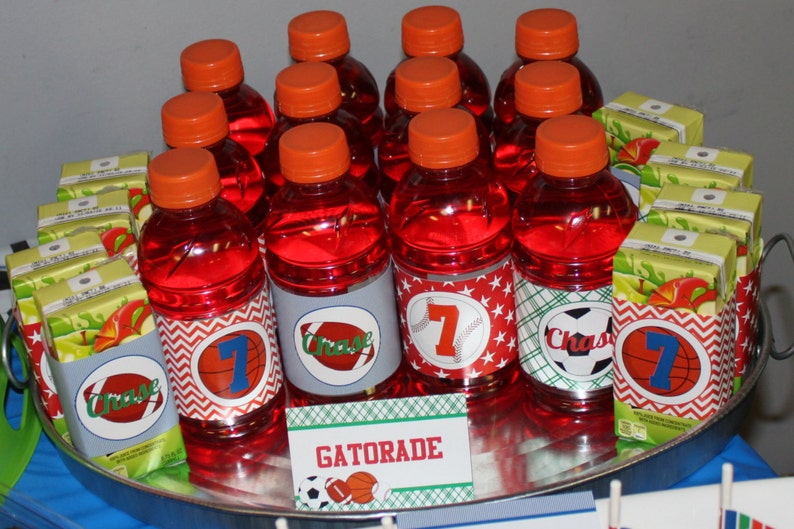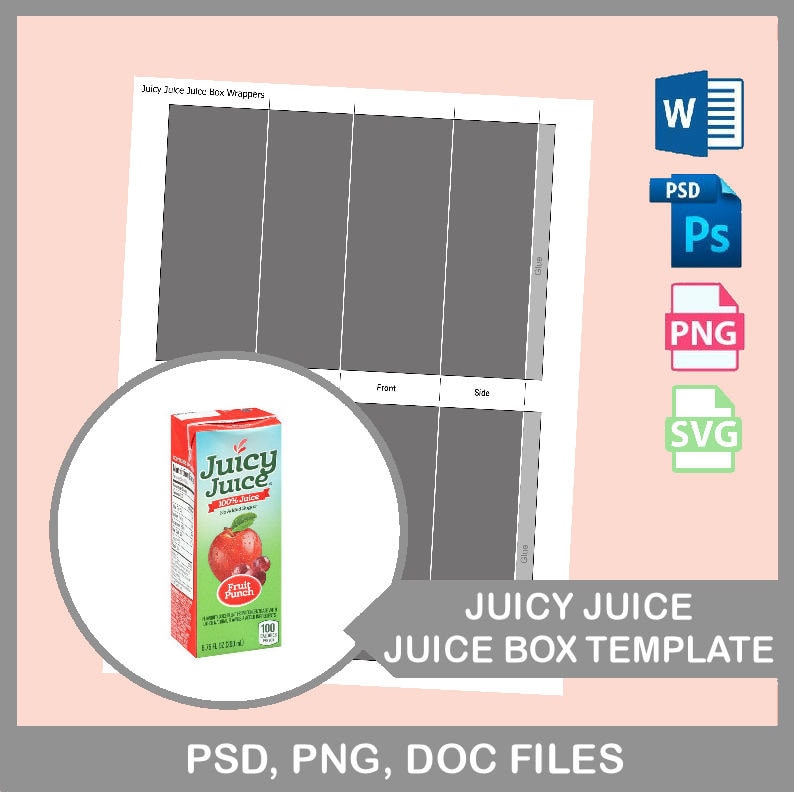
Safety Feature: The new model has a cut-off circuit that turns off the machine the moment the cover to the reservoir is opened. Slow juicers can even break down nuts to make nut milks (e.g. Juice More, Juice Easily: The newer model comes with a reservoir where fruits that are cut can be put together and juiced in one go without having to insert fruit pieces one-by-one. This may not be the case for equipment purchased online from other sources. Country Compliant: Purchasing from the official distributor ensures that the electrical motor and parts are compliant to Singapore’s electrical current. 10 years Warranty: The juicer motor is guaranteed for 10 years if purchased from official distributor. Quality Assured: Every part of the juicer is made completely in South Korea with quality assurance guaranteed. Hurom is a leader in the cold-pressed, slow-juicing market, synonymous with healthy lifestyles. It encourages users to inspect the insides of the fruits as well as to remove the seeds before juicing. No ‘Rotten Insides’ : Hurom juicers do not allow for whole-fruits to be juiced. 
It allows for fruit juice to be extracted early in the morning without waking the whole family
Quiet & Efficient: Slow juicers are very quiet. Retains Pulp: This is testament in that slow juiced fruits have thicker consistency as if you’re drinking a ‘fruit shake’. This allows slow-juiced juices to be kept longer (up to 3 days in the fridge) More of the essential nutrients and enzymes are retained. Preserves Nutrients & Anti-oxidants: There’s virtually no heat in slow juicing. 
This retains the nutrients and essence of the fruits much like producing good wine
Natural Process of Juicing: Slow juicing mimics the use of human hands to slowly press and extract the juice naturally. Because the slow juicer has no blades, they don’t produce as much heat as the traditional centrifugal juicers therefore keeping more nutrients intact. It’s a slow and delicate process but we are getting the most out of each piece of fruit or vegetable. Cold-Pressed a.k.a Slow Juicing:Ĭold-pressed (also known as slow juicing), on the other hand, work by crushing and pressing our fruits and veggies to extract the most it possibly can for the highest juice yield. Conventional juicers tend to be very noisy and harder to clean as the pulp gets jammed into mesh filter over time. They also produce quite a bit of juice froth on top and are not as efficient in juicing leafy greens. These yield lesser juices as the pulp and fiber are entirely removed. This heats up the fruits and vegetables, causing oxidisation and destroying the very nutrients and enzymes we are hoping to extract. Infographic credit Conventional Centrifugal Juicing:Ĭonventional juicers uses sharp blades, rotating at high speed to grind the fruits and vegetables. Since Science has proven that the method of extraction may impact the nutrients, here’s what every family should know about the differences between conventional juicing versus cold-pressed, slow juicing. The consumption of juices not only allows for easy absorption of the vitamins into our blood stream but it allows us to incorporate different fruits and vegetables into our diet which we otherwise may not find palatable (example, beetroot and celery). Benefits of Juices:ĭrinking juices (in moderation, of course) has been associated with good health. With that revelation, we ‘resurrected’ was our trusty Hurom juicer which had been sitting forlornly on the kitchen counter since we bought it at the TANGS sale last year. We realised we don’t get enough fruits and veggies throughout the day so drinking them is a quick way to up our recommended daily intake. Greens especially are the most healing foods and an important addition to our nourishing routine. One of the first lifestyle changes we made after Angie’s cancer was to overhaul our family diet. We had been guilty of being indifferent about diet and nutrition until cancer came knocking. 
While we don’t purposefully load ourselves with fatty, oily or sugary food, we weren’t mindful of the nutrients our body needs to recuperate and rebuild. In fact, the truth is, we were like that too. I was making this remark to a close friend over the weekend. “People generally don’t think about what they eat or drink…until cancer hits them.”







 0 kommentar(er)
0 kommentar(er)
